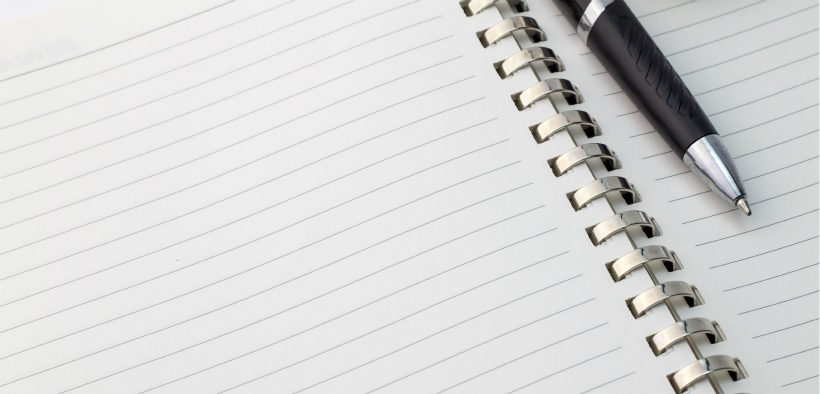10/23/2019—This article now includes an update from the author.
There is nothing quite like a Friday afternoon. The hurry-up pressures of the week come to a halt, and I can catch my breath against the wide open space of a weekend. But Fridays are special for another reason too. They give me a chance to actively reflect on the teaching and learning that occurred (or didn't occur) during the previous five days in my classroom. For the past seven years, I have been sharing these Friday afternoon reflections with my students via email.
Related Articles
I have two loves: teaching and learning. Although I love them for different reasons, I’ve been passionate about...
Active learning is a mostly meaningless educational buzzword. It’s a feel-good, intuitively popular term that indicates concern for...
Perhaps the earliest introduction a student has with a course is the syllabus as it’s generally the first...
Generative AI allows instructors to create interactive, self-directed review activities for their courses. The beauty of these activities...
I’ve often felt that a teacher’s life is suspended, Janus-like, between past experiences and future hopes; it’s only...
I teach first-year writing at a small liberal arts college, and on the first day of class, I...
Proponents of rubrics champion them as a means of ensuring consistency in grading, not only between students within...








